FERTILIZE

Cease fertilizing perennials since most are in their summer dormancy. Add fertilizer to annuals if needed, but be sure to water deeply. Over-fertilizing in summer is a common plant killer. Excess fertilizer (especially nitrogen) can burn plants in dry weather. This happens because the salts in fertilizer draw moisture out of plants that they are not able to replenish from soil moisture or retain due to evaporation on hot days. Lack of moisture results in scorched leaves resembling fire damage, or “burn”.
WATER

Irrigate deeply and as infrequently as possible to encourage deep root growth.
PLANT
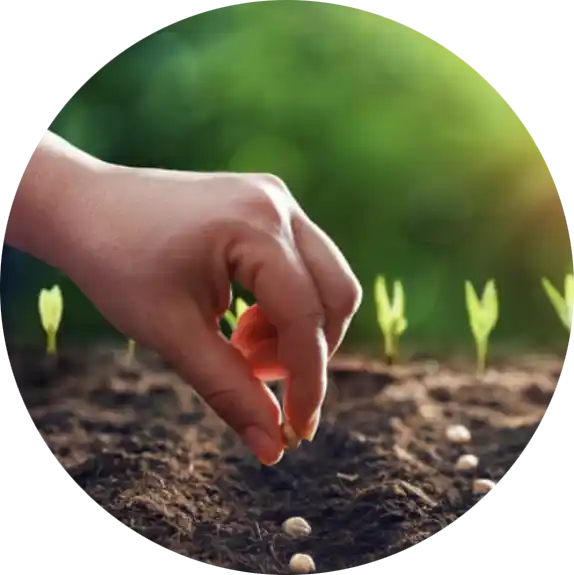
Because central Texas is in the hot season and plants are starved for water, this is one of the few times of the year that you would be best not planting or transplanting anything so enjoy this month off in this category.
SOIL
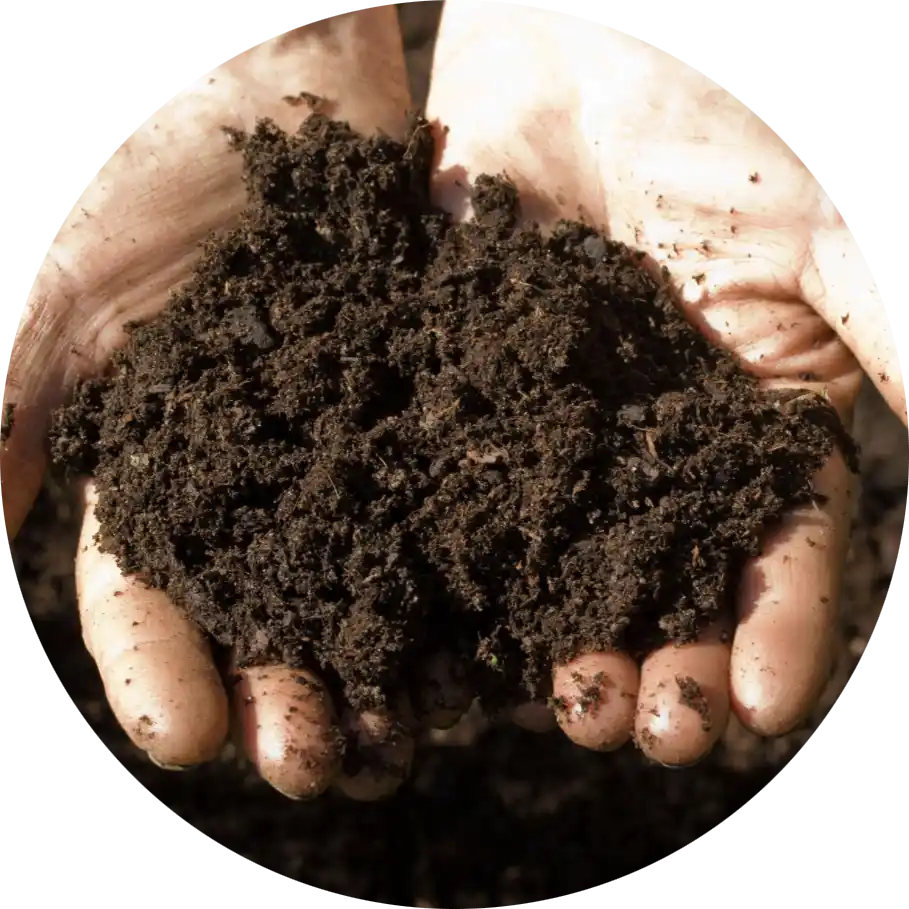
Mulch all bare soil. Clean up spring planting beds and add a layer of compost, then mulch.
LAWNS
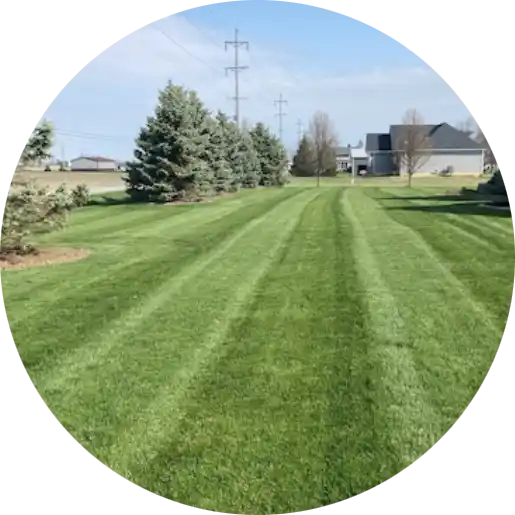
Mow only enough to remove one-third of the leaf blade each time you mow and follow recommended mowing heights. Leave the clippings on the lawn to replenish organic matter. Monitor for take-all patch. Maintain cycle-and-soak irrigation practices as infrequently as possible.
DISEASE/PEST
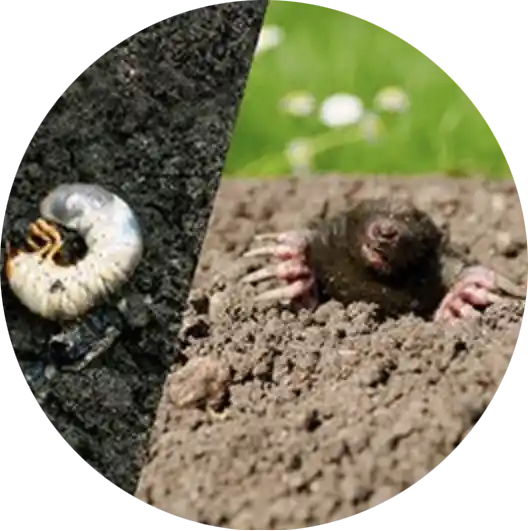
Spider mites thrive in dry, hot conditions and the warmer days will make aphids prevalent on stressed plants. Remove both with blasts of water to the underside of leaves.
MAINTENANCE
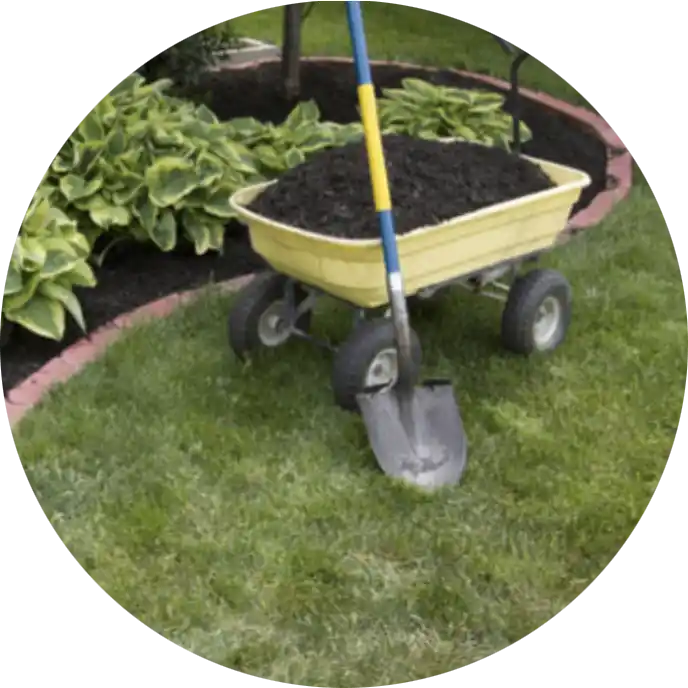
Flowering plants will bloom less starting this month due to the heat, do not apply fertilizer as it won’t help. Some plants, including tomatoes, will stop producing fruit or flowers when the nighttime temperatures are consistently above 76°F. Prune vigorous shoots from fruit bearing trees and shrubs. Safely remove shoots from live oaks, but be sure to paint the wound. Prune back new blackberry canes to encourage side shoots. Pinch back by one-third fall blooming asters to promote branching and more blooms in the fall. Stop pruning woody, spring-flowering vines like Carolina jessamine so that they have plenty of time to set blooms over the summer. Watch container plants for wilting – it may be a sign that you are over-watering. Check soil moisture before the next scheduled irrigation. Browning foliage anywhere in the garden may indicate lack of water.
GARDEN
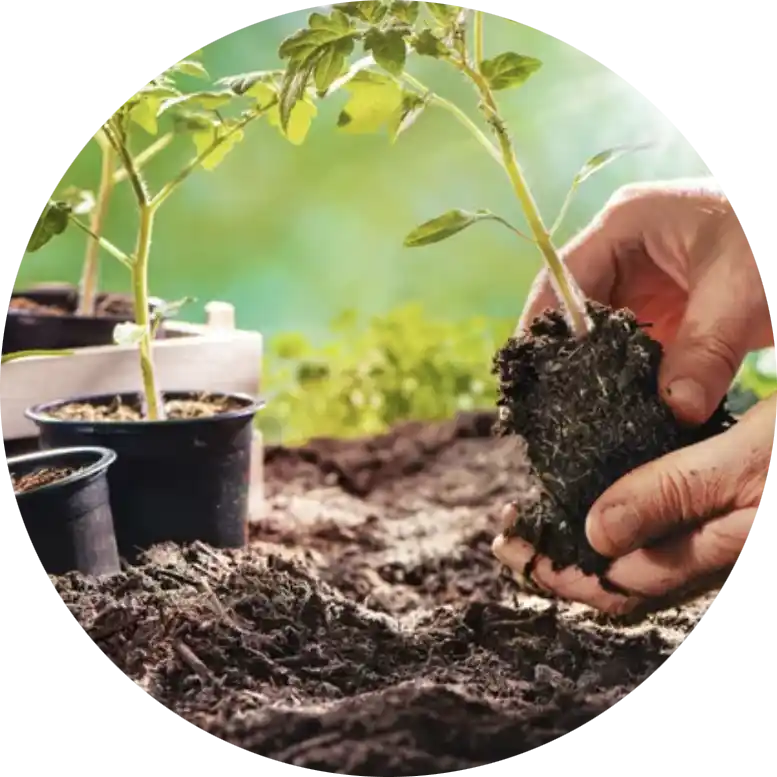
Pumpkin seeds should be planted this month if you want to grow your own jack-o-lanterns, just be sure to keep the seedlings moist. You can still plant southern peas, okra, and sweet corn this month if you keep the soil moist while they are establishing deep roots. Travis County Master Gardener Patty Leander recommends early or fast-maturing varieties of sweet corn such as ‘Ambrosia’ or ‘Sugar Buns.’ Providing shade cloth also helps protect tender plants from afternoon sun. Fashion a temporary covering using shade cloth, old screens, umbrellas, etc. It’s even a good idea to shade the soil for a couple of weeks in anticipation of planting. While most lettuce, chard, and kale greens have turned bitter, tasty summer greens like Malabar spinach, sweet potato leaves and amaranth will still produce in the heat. Prepare for tomato, pepper and eggplant late July or early August transplants by watering and mulching designated planting areas.
TREECARE
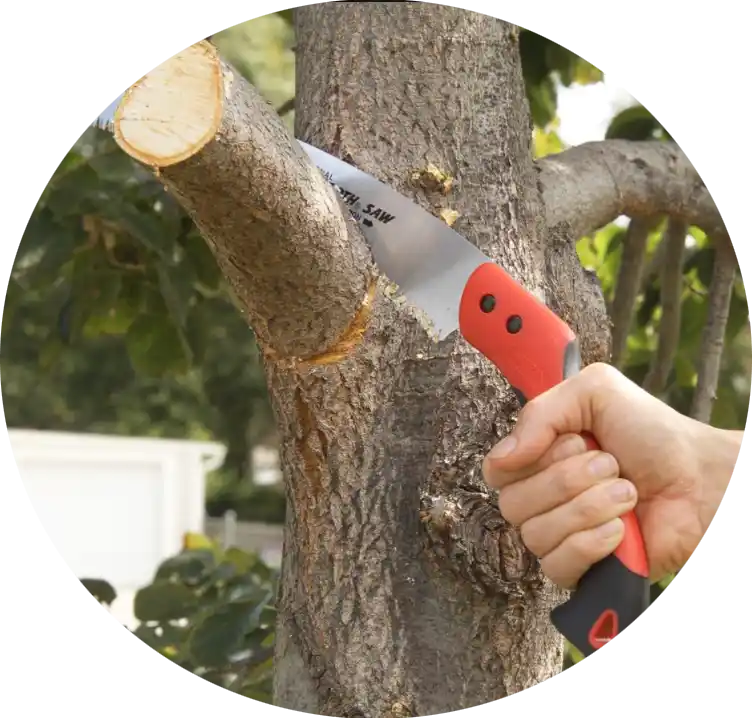
What you can do:
- Look for drought stress. Signs include foliage wilting or curling.
- Pay attention to dead or hazardous trees.
- Pay attention to insect damage.
- Prune climbing roses to stimulate second bloom.
- Pay attention to mosquitoes.
Consider requesting a professional to:
- Proper pruning practices.
- Remove dead or hazardous trees.
- Summer insect sprays.
- Prune evergreen plants and shrubs.
- Root injections of Mycorrhizal and Humates for Summer Tree & Shrub Stress Control
- Recognize and manage insect and disease activity.
- Prune ornamentals, shade trees, and shrubs.
- Spray landscape for mosquito control.
- Oak wilt inspection.

